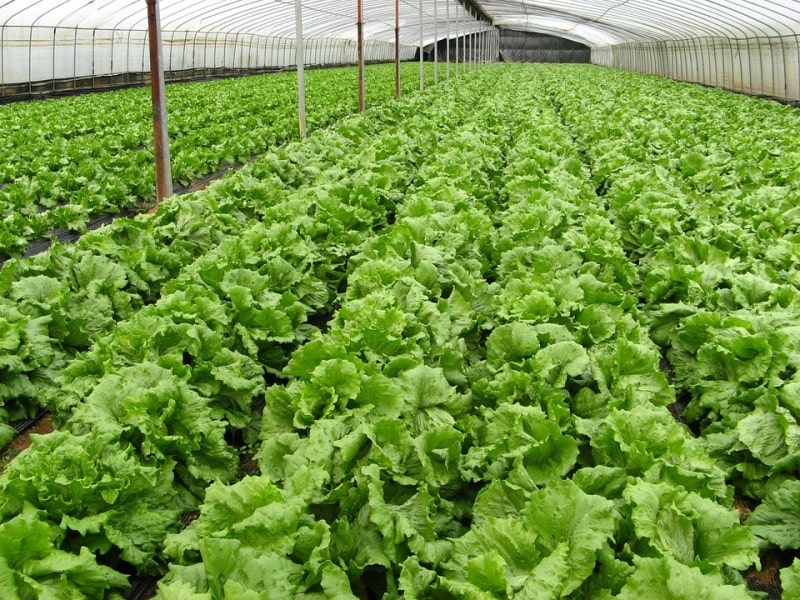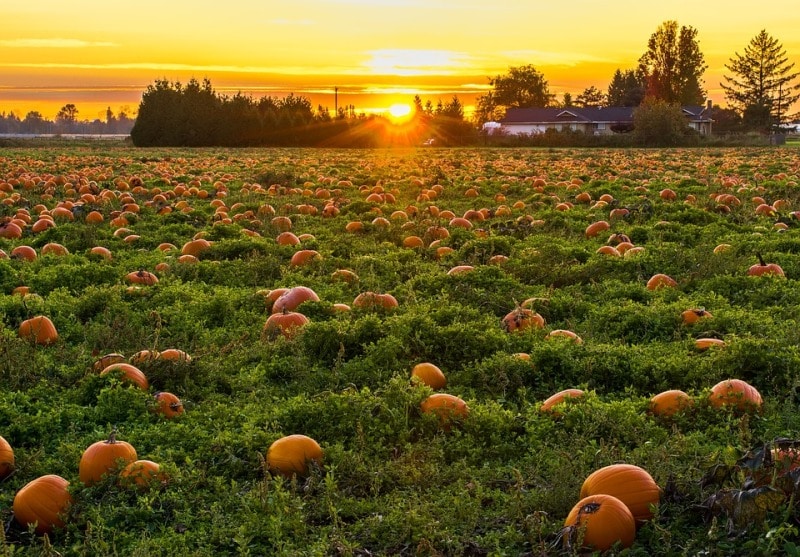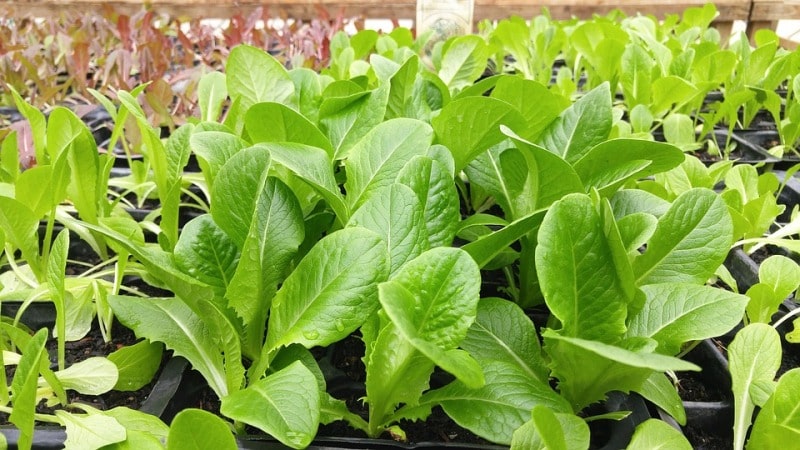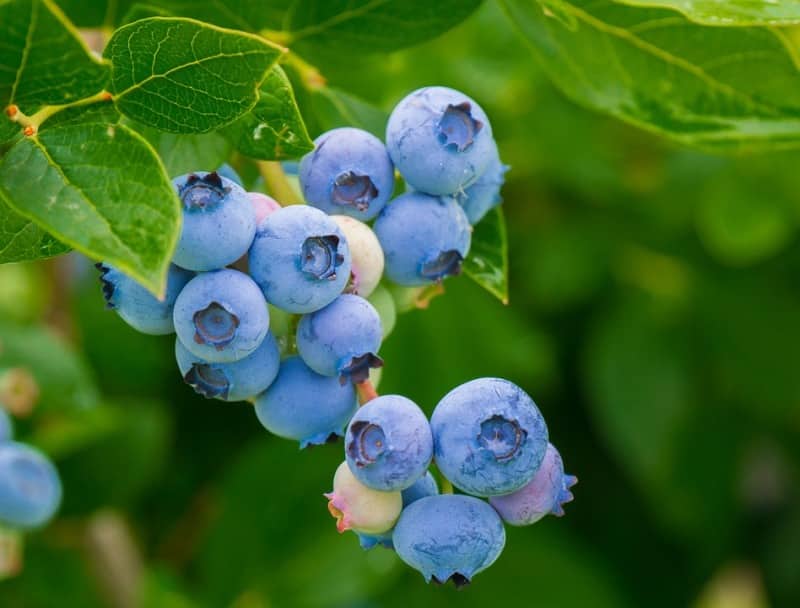A step by step guide for horticulture farming in India
Today, let us discuss horticulture farming in India, types of horticulture, the importance of horticulture practices.
Horticulture is the science and art of the production, marketing, and the use of high-value, intensively cultivated plants. Horticultural crops are diverse; they consist of annual and perennial species, edible and ornamental plants.
Horticulture includes a wide range of crops namely, fruits, vegetables, tuber crops, flowers, medicinal and aromatic plants, mushroom, plantation crops, and spices, etc. These crops are grown in varied agro-climatic conditions of temperate, subtropical and arid zones.
Horticulture includes a wide range of tools and technologies. It is a scіentіfіc methodology of cultivation, to make the high crops yield the desired quality. These scіentіfіc methods could be as simple as using tractors for cultivation to deriving fertilizers mixing complex chemicals.
Importance and scope of horticulture
The horticulture has gained importance in recent years as a major component of agriculture in India. The new impetus is given for the development of the horticulture, mainly for growing fruits and vegetables, which constitute an important segment of India Dietary System (IDS). The development of horticulture and securing of a larger share in the export market are emphasized more during the Five Year Plans.

India is one among the several important fruits and vegetables producing countries of the world. India ranks third after China and the U.S.A. in the production of horticultural crops.
Horticultural farming in India promotes the development of natural resources, yields higher returns from land, enhances the land values, creates a better purchasing power among the people and as a consequence adds to the general prosperity.
Scope and business development in horticulture are increasing day by day in India. Floriculture is a part of Horticulture which is a process of cultivation of flowering which is used as a raw material in the production of perfumes and several cosmetics in the pharmaceutical industry. Growing vegetables is the main important part of horticulture, which is very much demanding in India.
Let us discuss the importance of Horticulture;
- As compared to field crops Horticultural crops will give more returns per unit area (More yield means in terms of weight and money).
- Horticulture crops are very important as their nutritional status is high. Particularly fruits and vegetables give a high amount of vitamins and minerals to us.
- Horticulture is very important as it beautifies the surroundings.
- Horticulture crops are more suitable for small and marginal farmers.
- Higher per unit area yield: The yield per hectare of horticulture crops is high than the yield of field crops. There are more yields obtained from the land of a fruit area. e.g. paddy gives a maximum yield of only 30 q/ha, Banana gives 300 to 500 quintals/ha, Pineapple 450 q/ha and Grapes 90-150 quintals/ha. In the present scenario, the shortage of fruits and vegetables can be met by growing more fruits or vegetables.
- An opportunity for maintaining labors throughout the year like the cereals where one cannot keep and employ the labors during the slack season.
- Some fruit crops can offer the best utilization of wasteland crops like wood apple, custard apple, and litchi, etc. can be grown in such areas.
- The varieties of crops are obtainable in the Horticulture section with a wide range of uses.
- Horticultural plants improve the environment by reducing pollution, conserves soil and water and develop the socio-economic status of the farmer.
Factors affecting the scope of horticultural crops in India:
Below are the factors affecting the scope of Horticultural crops in India;
- Varied agro-climatic conditions in India, allows growing various Horticultural crops in different regions.
- Increasing irrigation facilities give more scope for growing Horticultural crops.
- Availability of technical information regarding the production of Horticultural crops will give congenital condition for growing these crops.
- Increasing communication and transport facilities present greater markets to Horticultural crops.
- There is an important scope for export of fresh and processed products.
- Better demand for Horticultural commodities in local markets.
- Facilities provided by the government helps the farmer to change their traditional crops with Horticultural crops.
Types of horticulture
Amateur horticulture:
Amateur Horticulture is an unprofessional sort of Horticulture. It is just growing for one’s self, can be because of domestic cooking needs, or for the sake of one’s interests and іnclіnatіons. Amateur Horticulture is vocational horticulture.
Commercial horticulture:
Commercial Horticulture is growing and developing for others and earning living from that. It demands due market knowledge, what consumers need, what are their tastes and preferences, what is available in the market in abundance and what struggles scarcity. Commercial Horticulture is professіonal Horticulture.
Horticulture fruits and vegetables:
In fruits, India is the largest producer of mangoes and bananas and is among the first ten in the production of apples, papayas, oranges, grapes, and pineapples. In vegetables, India is the world’s largest producer of cauliflower, second largest producer of onions and among the first ten in the production of cabbage, green peas, potatoes, and tomatoes. The major fruits grown in India include Mango, Banana, Papaya, Orange, Mosambi, Guava, Grapes, Apple, Pineapple, Ber, Pomegranate, Strawberry, Litchi, etc. and major vegetables grown in India include Onion, Potato, Tomato, Okra, Chili, Brinjal/Eggplant, Green peas, Cabbage, Cauliflower, Carrot, Radish, Turnip, Pumpkin, Squash, Gourds, Cucumber, French beans, etc.
You may be interested in Hybrid Coconut Cultivation; Yield; Varieties.

Some of the major Horticulture crops are:
- Mangoes: Many varieties of mangoes are Safeda, Dussehri, Langda, Sindoori, etc. is grown in Maharashtra, U.P., Andhra Pradesh, and West Bengal.
- Oranges: Nagpur and Cherrapunjee varieties are famous for orange varieties of India.
- Bananas of various qualities are grown in Kerala, Mizoram, Maharashtra and Tamil Nadu.
- Lichi and Guava are famous in parts of Uttar Pradesh, Uttarakhand, and Bihar.
- Pineapple in Meghalaya and Grapes are grown in Andhra Pradesh and Maharashtra.
- Apples, pears, apricots, and walnuts are mainly temperate fruits and are grown in J&K and Himachal Pradesh and are in great demand all over the world.
- Vegetables: India produces approximately 13 percent of the world’s vegetables. It is a very important producer of peas, cauliflower, onion, cabbage, tomato, brinjal, and potatoes.
Important horticulture farming operations:
Training:
When a plant is made to grow with or without support, in a preferred fashion by removing or fastening some of its parts to give it a better framework or better shape, the operation is called ‘training’.
System of training:
There are mainly three systems of training in fruit trees;
Central leader system:
In this system, the main stem of a tree is allowed to develop straight from the ground level to the top, which is called the central axis of the tree. The smaller side branches grow from this central axis in several directions. Such trees grow tall and bear fruits generally near the top. The lower branches, regularly, become less vigorous and bear fewer fruits.
Open center system:
In this system, the main stem of a tree is allowed to develop up to the desired height and the top is headed to induce lateral branches and resulting in a low-headed and open at the center tree. In this system, the sunlight gets to all branches and the crop is borne closer to the ground. It facilitates harvesting and thinning of several fruits, as well as, plant protection operations.
Modified leader system:
This modified leader system is the modification of the central leader system and the open center system. The main stem grows for a few years, and after some time, lateral branches are induced to produce, which are widely spaced and spread on all sides not as in the open center system. Therefore, the tree is fairly strong and moderately spread, allowing easy orchard management operations.
You should not miss the Red Sandalwood Plantation; Profits; Yield.
Pruning:
Judicious removal of any element of a plant to divert sap towards its producing areas, leading to an improvement in the quality of yield is called ‘pruning’. It is done during the later stage of plant life when it becomes ready to make flowers and fruits. Decayed plant parts can also be pruned off.
Objectives of pruning
- To maintain flowering and fruiting balance
- To obtain regular bearing of fruits
- To remove pest-infected branches
- To ensure adequate sunlight for plant growth
- To maintain a balance between vegetative and reproductive growth stages
Staking:
Staking is a practice of supporting tomato plants, particularly of indeterminate type, to keep the plants and fruits off ground.
Advantages of staking
- It provides support to a plant.
- Staking keeps fruits above the ground and helps in maintaining the health of the plant.
- There are smaller chances of plants getting infested with pests and diseases.
- It facilitates spraying and dusting of pesticides and fungicides.
Transplanting:
It is an agronomical practice, in which plant seedlings are moved and planted in growing places. In solanaceous crops, seedlings are ready after 4 to 5 weeks of sowing or when they attain the 4–5 leaf stage. Seedlings should be hardened (it is a procedure of withholding watering for 4–5 days to reduce the moisture content and develop a water stress condition) before transplanting them. Solanaceous crop seedlings are transplanted on one side of the ridge bed or in the flatbeds, depending upon the crops or the facilities a grower can provide.

Horticulture farming in India
- Horticulture has improved the economic status of farmers, seasonal availability of fruits and vegetables all over the year increased per capita consumption from 40 to 85 grams of fruits and 95 to 175 grams of vegetables. It has played a significant role in women endowment, providing employment opportunities to them in mushroom cultivation, floriculture, vegetable seed production, etc. The annual crop growth rate during the period was more than 6.5 percent. Therefore, the horticulture sector constitutes more than 24.5 percent from a mere 8.5 percent of the area to the gross domestic product (GDP) of agriculture.
- Horticulture is the production of both fruit and vegetable crops. India is a producer of tropical as well as temperate fruits and vegetables.
- More than fifty varieties of vegetables are grown on an area of about 4 million hectares in India, major vegetable crops of the country include potato, onion, peas, cauliflower, tomato, brinjal, okra, cabbage, and cucurbites.
You may also check the Sunflower Oil Extraction Process.
Different between horticulture farming and agriculture farming:
- Horticulture strictly involves plant cultivation only while agriculture involves the cultivation of crops as well as animal farming.
- Horticulture can include plants that are not for human consumption while agriculture mainly focuses on crops for human consumption.
- Horticulture is done on smaller, enclosed plots whereas agriculture is done on extensive pieces of land on large scale.
- Horticulture is just one part of the many branches of agriculture. It mainly focuses on the study, cultivation, marketing, and technology of several kinds of plants. While agriculture is a broad term for any practice that involves propagating plants and/or raising animals (both livestock and poultry). Aside from horticulture as one of its subcategories, agriculture includes forestry, agronomy, aquaculture, and animal husbandry.
Branches of horticulture farming
There are several branches of Horticulture, which are as follows;
Olericulture (Vegetable culture):
This branch deals with vegetable crops. Vegetables are nutritive food of plant origin which are generally cooked before consumption or eaten raw as a salad. Examples are Cabbage, Tomato, and Fenugreek.
Pomology (Fruit Culture):
This branch of Horticulture deals with the study of several fruit crops. Cultivation, management and other aspects of fruit crops are covered under this pomology branch. Some examples are Mango, Banana, and Grapes.

Landscape horticulture:
Landscape plants, such as trees, plants, shrubs, turfs, herbaceous perennials, etc. are studied under this branch of Horticulture.
Floriculture and Ornamental Gardening:
This branch of Horticulture covers with several flower crops and ornamental plants. It includes gardening, landscaping, and beautification of surroundings. Examples are Roses, asters, lily, Cactus, Ferns, etc.
Post-Harvest Technology and preservation:
Study of post-harvest handling, marketing, and processing of Horticultural crops are covered under this branch of Horticulture. Post-harvest management of fruits, vegetables, flowers with their storage, marketing and preservation is studied under this Horticulture branch. Examples are the preparation of jam, jelly, ketchup, etc.
That’s all folks about practices of horticulture farming in India. Keep growing veggies and fruits.
You may also like Growing Beans Hydroponically.
This is an excellent piece of information. It would be more interesting if I got more and more information in this subject.